
As I have mentioned before, my absolute favourite birds are hummingbirds. My next favourites are the other flying jewels: the wood-warblers of Canada and the US. Most of these birds come through Toronto in the spring, in a rush to get to their nesting grounds in the boreal forest. For a few weeks in May, I am up early (which I hate), to spend time listening and searching for these birds. The males’ plumage is stunning at this time of year and their songs are varied, although most of them do not warble. Many of these birds are in my nearby ravines and they are easily found. Just be aware that all this staring at the treetops can leave you with an achy warbler-neck.
I’ll start with the warbler I think is the most beautiful and elegant: the Black-Throated Blue. The male (pictured above) is blue above, white below, and has a black face and throat. One way to ID the plainer female is that she has the white “pocket kerchief”, just as the male does.
The Prothonotary Warbler is found in swampy woods. I have seen them in Florida and in Ontario. It is a drop of sunshine, with its golden yellow head and chest. Unusually for warblers, it will nest in a tree hole or bird box. I have seen them doing that in Ontario.

Male Prothonotary Warbler
As a Canadian, I am happy to have a warbler named after my country. The Canada Warbler has a necklace of sharp black streaks on a yellow breast, which is its main field mark.
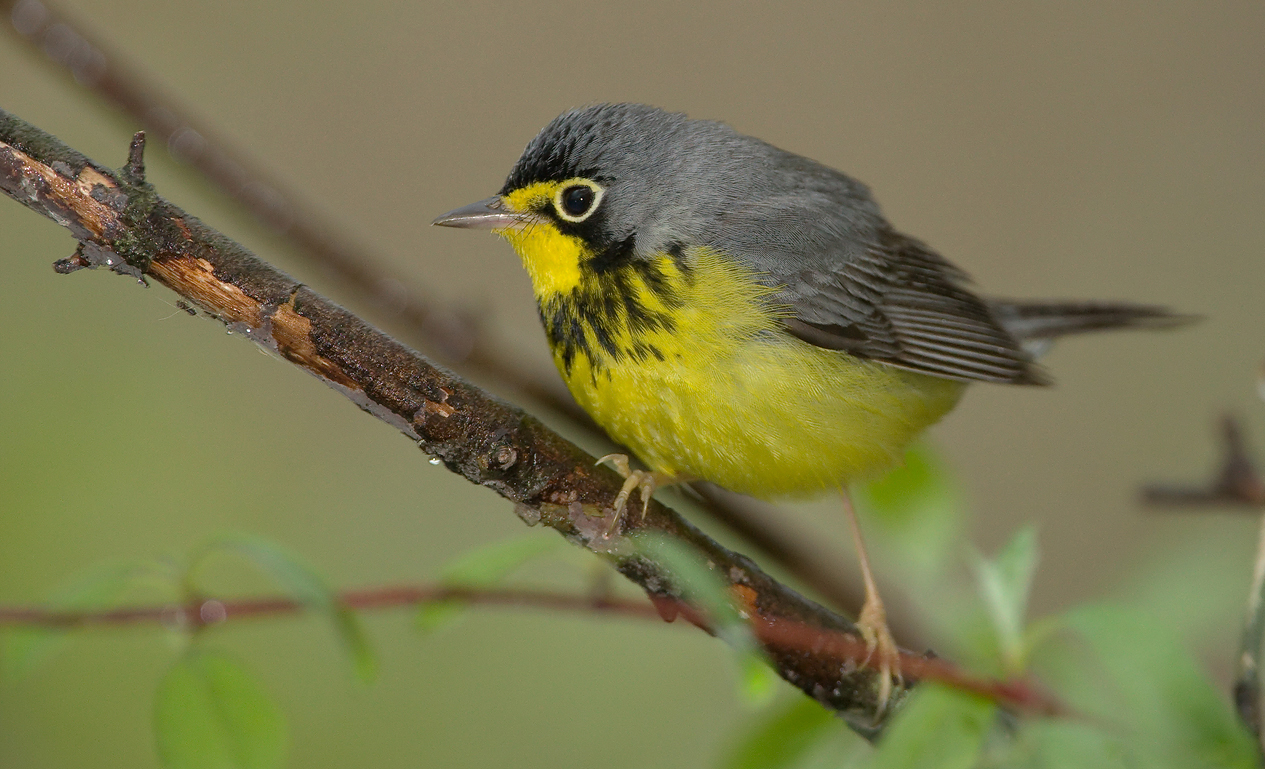
Male Canada Warbler
The male Blackburnian Warbler’s throat glows like a flame, high in the treetops. It brings gasps from new birders when they first see it.

Male Blackburnian Warbler
The Yellow-throated Warbler is found in the US Southeast. I see it every winter that we are in Florida. It has a bright yellow throat, which contrasts with the black face and the black stripes on its sides. It has shown up in Toronto, which excites the local birders.

Yellow-throated Warbler
The Common Yellowthroat nests in open marshes. I see this masked bandit flitting among the reeds when we are in Florida or in Ontario.

Male Common Yellowthroat
The American Redstart does a fan dance as it moves through the trees. It spreads its wings and tail feathers while flitting about. This startles insects, which move and are quickly gobbled up.

Male American Redstart
The Black-and-White Warbler is boldly striped. It creeps about tree trunks and limbs. If you see a warbler acting like a nuthatch, it’s a Black-and-White.

Male Black-and-White Warbler
The male Bay-breasted Warbler has an attractive head/chest pattern of chestnut, black, and buff. This is another warbler that you see high in the treetops.

Male Bay-breasted Warbler
The male Cape May Warbler has black stripes on a yellow breast, which is why it’s known as the “little tiger”. Also, it has a chestnut ear patch.

Male Cape May Warbler
Now you know why North American birders eagerly await these and the other warblers in the spring. It is nature’s lovely gift to us.
Note: All photos are from Wikipedia Commons, an online source of copyright-free photos: Black-throated Blue by Charles J. Sharp; Prothonotary Warbler by Dominic Sherony; Canada Warbler by William H. Majoros; Blackburnian Warbler by Paul Hurtado; American Redstart by Dobak.

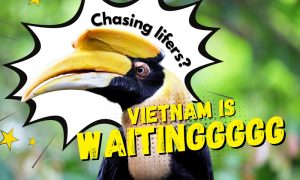
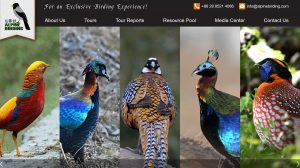
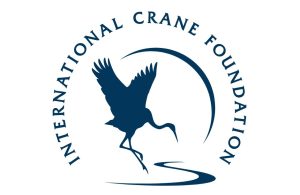
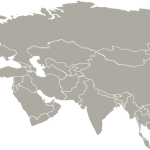
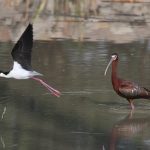
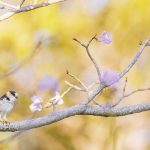
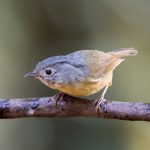


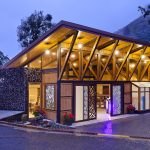
Leave a Comment